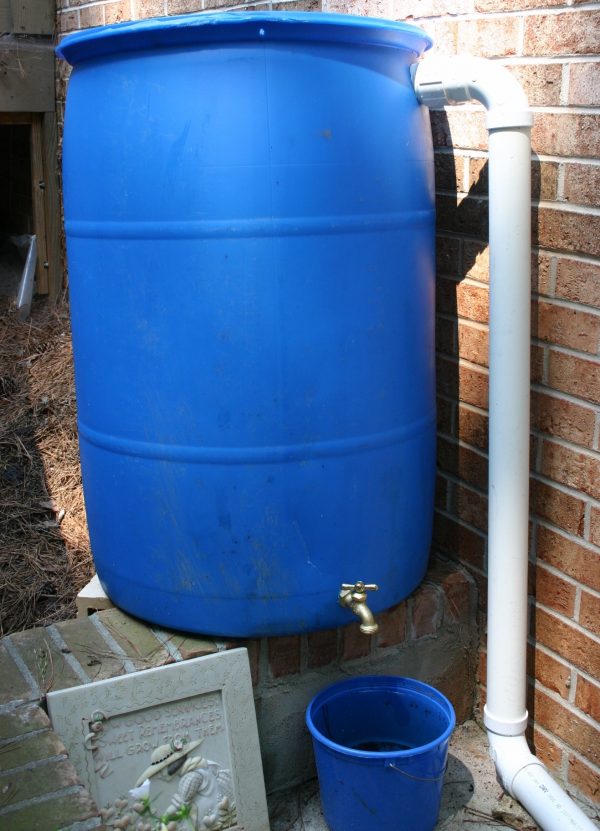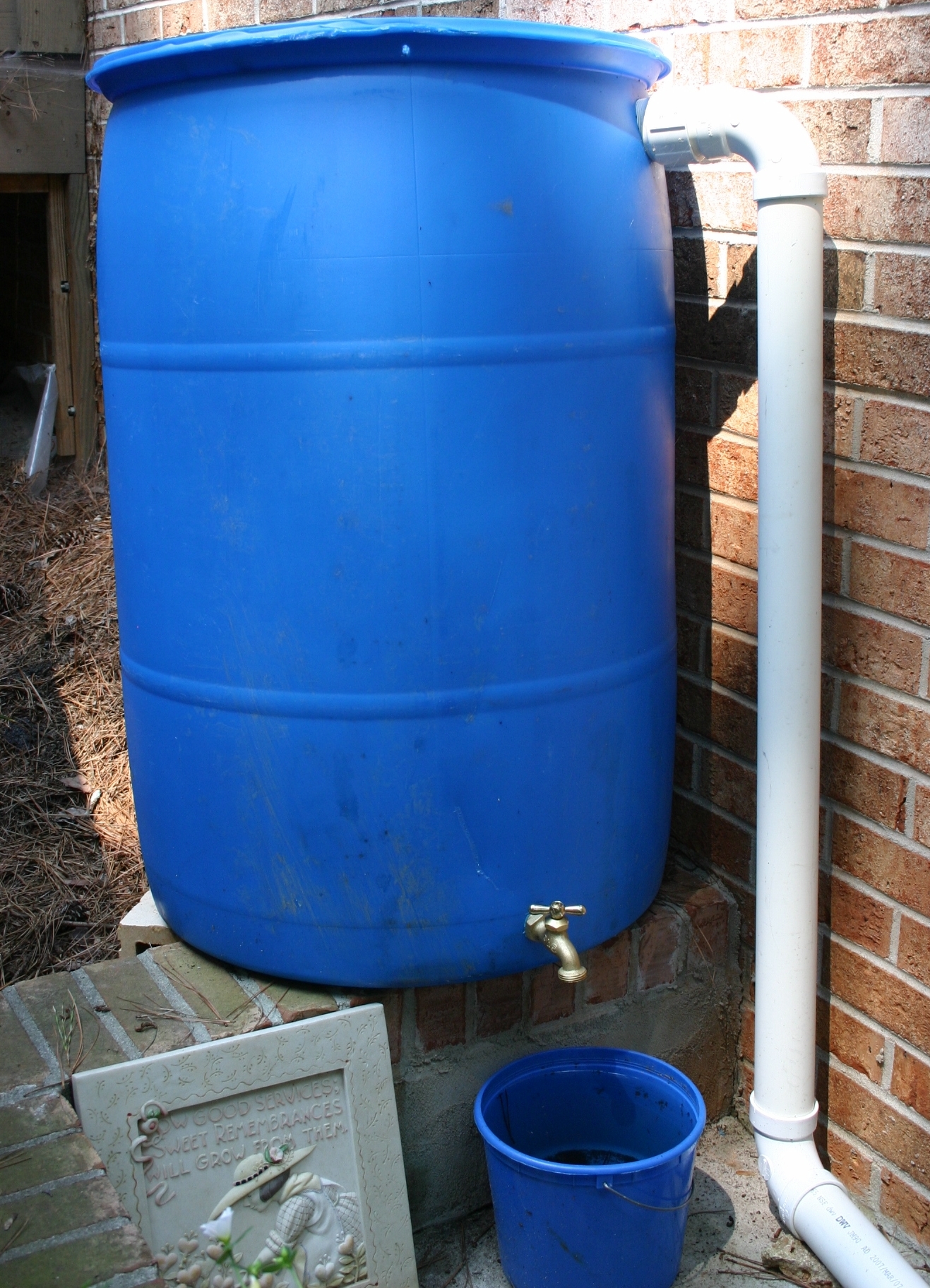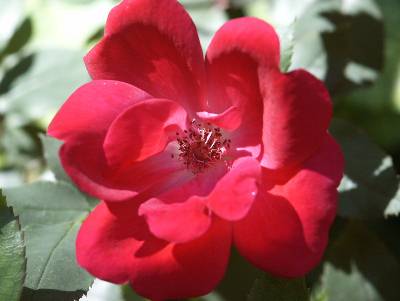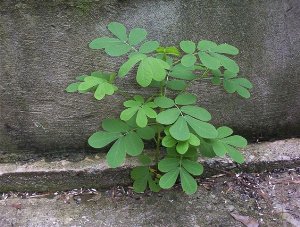Rain Barrels – Using

With summer temperatures in the nineties, creative gardeners think seriously about where to get more water. I’ve received several questions about rainwater collection this summer.
Jeff B. wrote “I want to add a cistern to my home so I can water my vegetable garden in a guilt free manner during the drought. Do you have any hints on where I can get one?”
Margaret K. notes that “The city of Austin, TX offers a $500 rebate for installing a rainwater catchment system. I was wondering if you are aware of anything being promoted here in Georgia for residential rainwater collection?”
In Roswell, Carolyn C. says “I’d like to see a comprehensive discussion of the pros and cons of rain barrels. Several months ago I came across a catalog with elaborate barrel systems. Does anyone have experience with them?”
Karen A. “just got back from Tampa, where the Hillsborough County Extension Office offers classes and demonstrations on using pepper barrels to collect rainwater. I would like to find somewhere in the Gwinnett area where I could obtain more information and perhaps purchase rain barrels.”
ECONOMICS On the face of it, collecting rainwater seems like a good idea. Southface Energy Institute calculates that the roof of a two thousand square foot house could yield forty thousand gallons of water in a year. With metro water rates near one cent per gallon (including the typical sewage charge) residents of this house could save four hundred dollars if they collected every drop of rain.
COLLECTION However, rainfall is not evenly distributed throughout the year. It is concentrated in winter and spring, when the water usually is not needed in the garden. Summer thunderstorms yield lots of water but you would need eight hundred gallons of storage to hold the rainfall produced by a one inch gullywasher falling on our example home. Unless you’ve had the forethought to install a true cistern, managing sixteen fifty-gallon drums of water is beyond the skill of most gardeners.
Even if you are content with a single rain barrel, the water must be screened before it enters the barrel. Leaves and pine needles are easy to exclude for Master Gardener Theresa Schrum but she finds that pine pollen makes a goopy mess inside her barrels each spring.
DISTRIBUTION Distributing the water is relatively easy. Most commercial rain barrels have a spout threaded for a water hose near the bottom of the container. If you use inexpensive plastic barrels that have been used to ship food products you’ll have to install and seal a hose-threaded bung.
Krissy Slagle, who helps manage the state Master Gardener program, says that even if collecting rainwater is not a huge economic benefit, there are other advantages. “Rainwater is soft water, it has no chlorine and fluoride. There is also the reduction of runoff plus the feeling of being a better citizen by reducing demand on municipal water supplies.”
MORE INFORMATION If you want to experiment with rainwater collection there are many more factors to consider. Here are some sources for you to explore:
American Rainwater Catchment Systems
Harvested Rainwater Sourcebook
YOUR EXPERIENCES? Gardeners also wonder if using graywater from their washer is a possibility. My grandmother simply ran the hose from her washer into a clump of canna lilies near the porch. That worked fine for her … and there was a never-ending supply of fishing worms in the spot where the water discharged.
I did experiment once with collecting graywater from my clothes washer. I found that filtering the water, storing it for no more than twenty four hours and distributing it evenly around my small garden was more than I could manage.


















